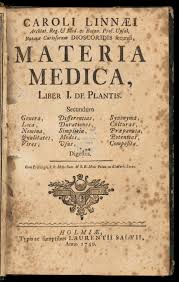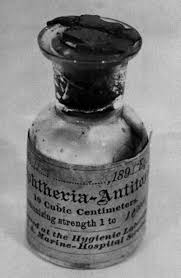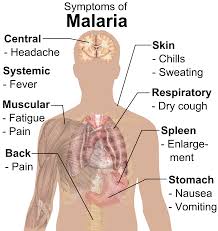EUGENE UNDERHILL, Jr., M. D., Philadelphia, Pa.
In the mineral kingdom man may find his remedy when sick, so in the vegetable and animal kingdom.
It is possible that the product of the serpent may be everything needed for the healing of man. Extend this to the whole animal kingdom and it is probably so. There seems to be everything existing in one kingdom that exists in another. The lowest is the mineral, the next the vegetable and last the animal kingdom.
If we had a perfect knowledge of any one kingdom we could probably cover the entire scope of curative possibilities, but we have a knowledge of a few remedies in each kingdom. – Kent’s Materia Medica, 3rd Edition, page 716.
What possibilities are here suggested?
When adequate investigations and provings are made and some further sound basis for classification and grouping of remedies arrived at, it is possible that all curable cases of disease, of whatever type or description, can be successfully treated by the properly selected mineral drug, and that the same may be true in respect to the vegetable and animal drugs.
It is indeed possible, and even probable, that each great kingdom of nature enfolds within itself all the essentials of life and health and likewise all those of disease and death. Granting equal and sufficient skill in his own field it is possible that three physicians, one using only mineral drugs, the second only vegetable drugs and the third only animal drugs, would average approximately the same curative results.
It is striking to note the marked resemblance of remedies in one kingdom with those in another. Compare Phytolacca with Mercury, and Pulsatilla with Kali sulph. Again compare Pyrogen with Calcarea sulph. and Tuberculinum with Calcarea carb. and Calcarea phos. Many other comparisons could be cited. These relations may have a more profound significance than may first appear and amy furnish one of the keys with which to unlock and unravel the vast materia medica.
Schuessler by confining himself to the twelve tissue remedies as a cure for all the ills of mankind and employing them often on insufficient homoeopathic indications has prejudiced the minds of some physicians against these great remedies.
In speaking of Ferrum pnos. Kent say: “It could not be less than the Ferrum and the Phosphoric acid that form it,” and a similar statement could be made concerning the other double remedies in the Schuessler series. Certain it is that these twelve remedies enfold tremendous curative possibilities. We need reprovings of them and a full understanding of each and every one before passing final judgement on Schuessler’s selection.
In the present state of our knowledge we cannot do without Calcarea carb., Kali bichromicum, Kali carb., Natrum carb. and other double remedies. Nor do we have to do without these or any other medicines in the materia medica.
As to depth and length of action, the minerals stand first. Next come the animal drugs, and some physicians believe these to be just as deep-acting as class as are the minerals. Most physicians will agree that the vegetable drugs are not as a class as deep nor as long-acting as the other two groups.
The minerals and metals are many times suited to deep, and often inherited, constitutional disorders and chronic life-long complaints. The nosodes and animal remedies will often meet violent septic states. And will also rouse reaction in chronic conditions which have developed on a psoric, syphilitic or sycotic base “when the symptoms agree.”
For acute condition, or for certain phases or aspects of a psoric state the vegetable remedies will often produce most gratifying results, but in the majority of chronic cases upon prescribing one of the vegetable remedies it will be subsequently found that while marked improvement in many particulars has occurred, a deep remedy, and usually a mineral or a nosode, will be needed to completely eradicate the chronic state.
However, with the development of new and more accurate means of detecting energies and measuring their values, we may yet find that the homoeopathic materia medica embraces three or perhaps more complete and sufficient materia medicas, any one of which properly and intelligently used will cover all cases from infancy to old age, and from the least departure from health to the gravest maladies known to man.
Such evidently was the vision Kent had when he penned the lines quoted as a preface to this paper. The correct remedy and the exact potency will some day become matters of mathematical precision. Perhaps not in our day, but let us not be so sure of that. The old refrain “it can’t be done” is long since out of date.
Truth is forever and unceasingly broadcasted from that inexhaustible fountain of all truth, but only those in tune with it can receive it. Hahnemann tuned in and gave homoeopathy to the world, and so with every real advance in whatsoever line of endeavor.





